
Beauty: The Young Gender Pioneers
Beauty: The Young Gender Pioneers
Bex is only eight — a kid, not an activist. But just being Bex is revolutionary. He’s one of a growing number of gender non-conforming kids who are quietly upending deeply rooted notions of what it means to be female or male.
As psychologist Diane Ehrensaft points out in her recent book The Gender Creative Child, it is primarily children who are leading the way in this cultural revolution, “nimbly pushing the boulders around, creating an ever-shifting terrain as we try to grasp with ‘what’s your gender?’ ’”
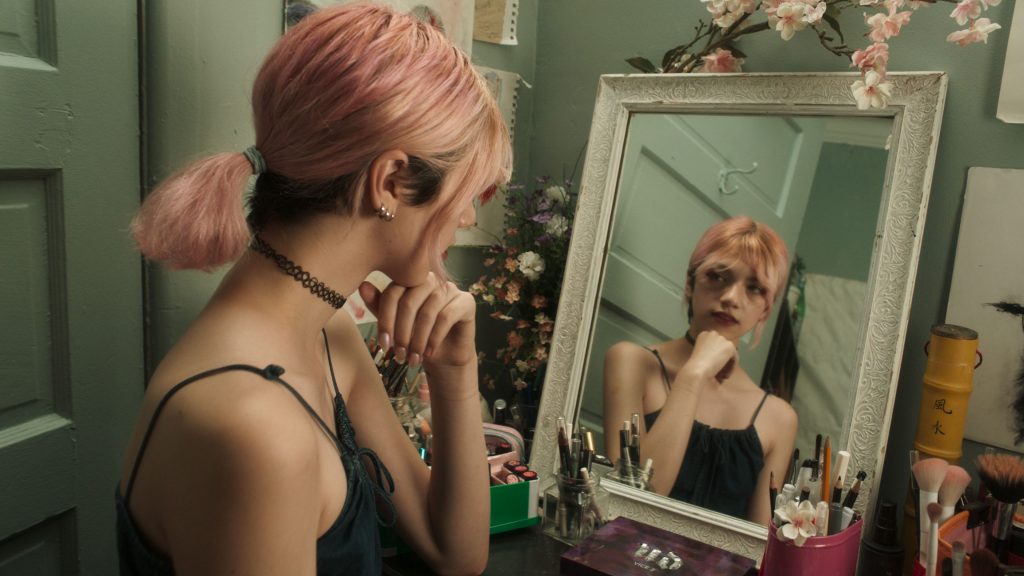
Bex is among the young gender pioneers featured in Beauty: Beyond Binary, a documentary recently released online. Of the five participating young people, three identify with different genders from the ones assigned to them at birth, another identifies with her assigned gender but defies notions of “appropriate” gender expression, and another rejects binary categories altogether, choosing to self-represent as ‘agender.’
“I am so grateful for the gender creative kids who’ve come into my life in the last few years,” says director Christina Willings. “Simply by being who they are, they’re challenging restrictive gender polarities and creating more space for all of us. I want this film to celebrate their straightforward authenticity and purity. I want it to be an invitation.”
“We’re putting the kids’ voices up front. No parents. No experts. The film springs directly from their lived experience. We’re honouring their right to self-invention and authenticity without explanation.” Below: Tru, seated, at home with her family.
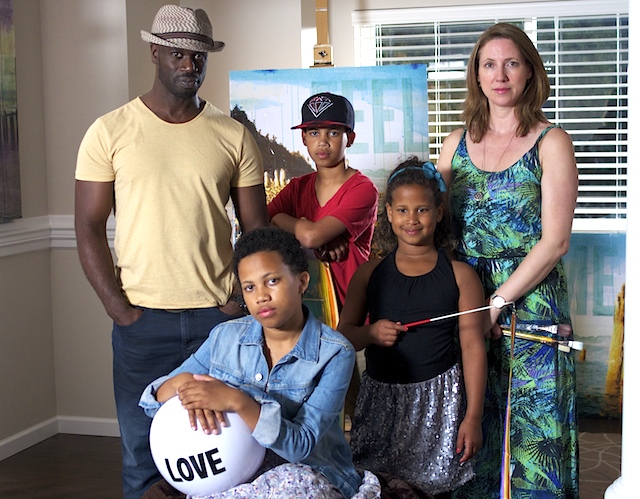
Her DOP on the project was the accomplished and versatile Amy Belling, a cinematographer working out of Los Angeles and Vancouver whose many credits include The Saddest Boy In The World (2006) and Songs She Wrote About People She Knows (2014). “Amy is quite brilliant,” says Willings. “We used metaphoric and poetic visuals to explore and dissect ideas of gender and beauty, and Amy moves easily between fiction and documentary. I love the work of Wes Anderson, how he plays with artifice and style, and we employed some of those strategies here – using stylized camerawork and art-directed set-ups as well as verité footage.” Below: Willings and Belling on location.

This is not the first time that Willings has turned her gaze on issues of gender and sexuality. In 2008 she collaborated with journalist Francine Pelletier on Cure For Love, an investigation into the discredited evangelical movement that purports to convert gays and lesbians into heterosexuals.
“I began to examine polarized gender categories back in the 80s, first as a feminist, and then as a lesbian,” says Willings. “In fact I’ve been examining this oddly restrictive thing for most of my adult life. It’s clear that gender is far more fluid than we’ve let ourselves imagine, and I want to open that window even wider. I’d like this film to contribute to the conversation — not by parsing theoretical positions, but by turning a lens on what is, and allowing young people to show us who they are.”
It’s a conversation that’s well underway in thousands of households and schools – and any number of other environments where questions of gender arise. “This is a film that speaks to a wide range of communities,” says producer Shirley Vercruysse. “There’s a real hunger for peer-to-peer material. Kids want to hear from their contemporaries on this issue and Beauty could have particular impact with youth. Christina brings a lot of thought and joy to the project. She presents her subjects in a sensitive and nuanced manner, simply as kids coming to terms with themselves. She takes a complex issue and makes it accessible.”
Watch the film:
Beauty, Christina Willings, provided by the National Film Board of Canada
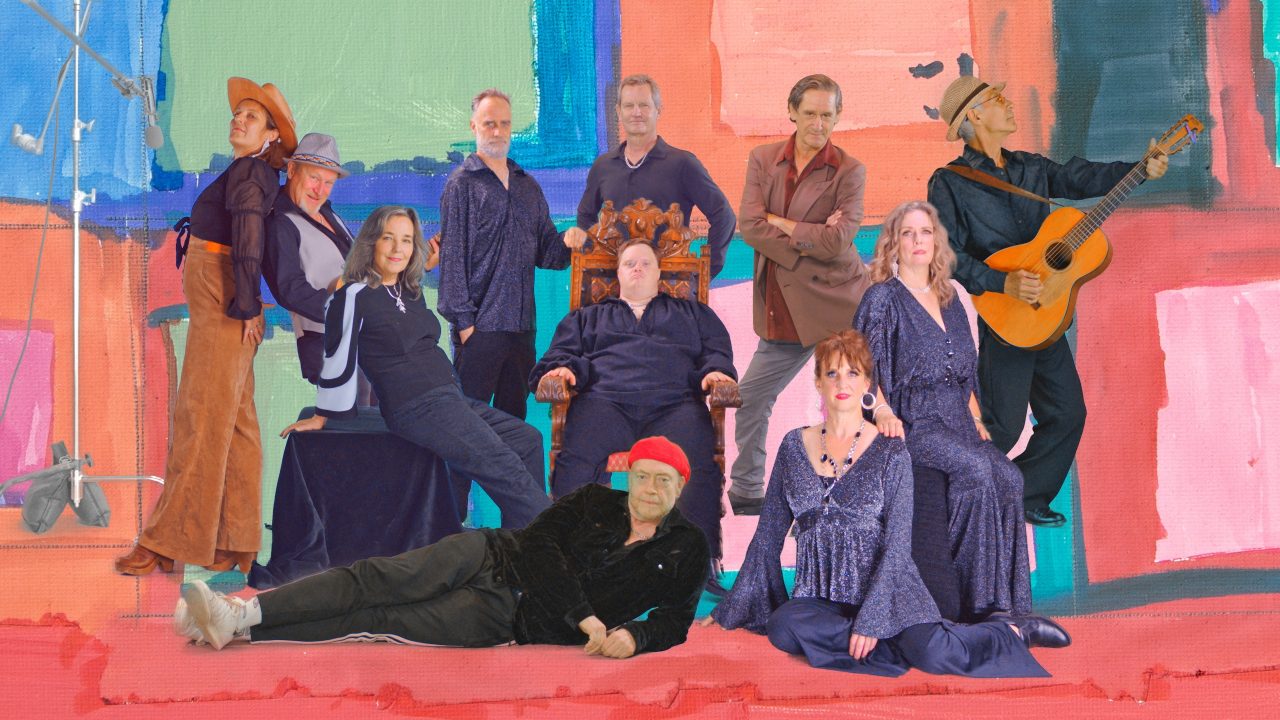
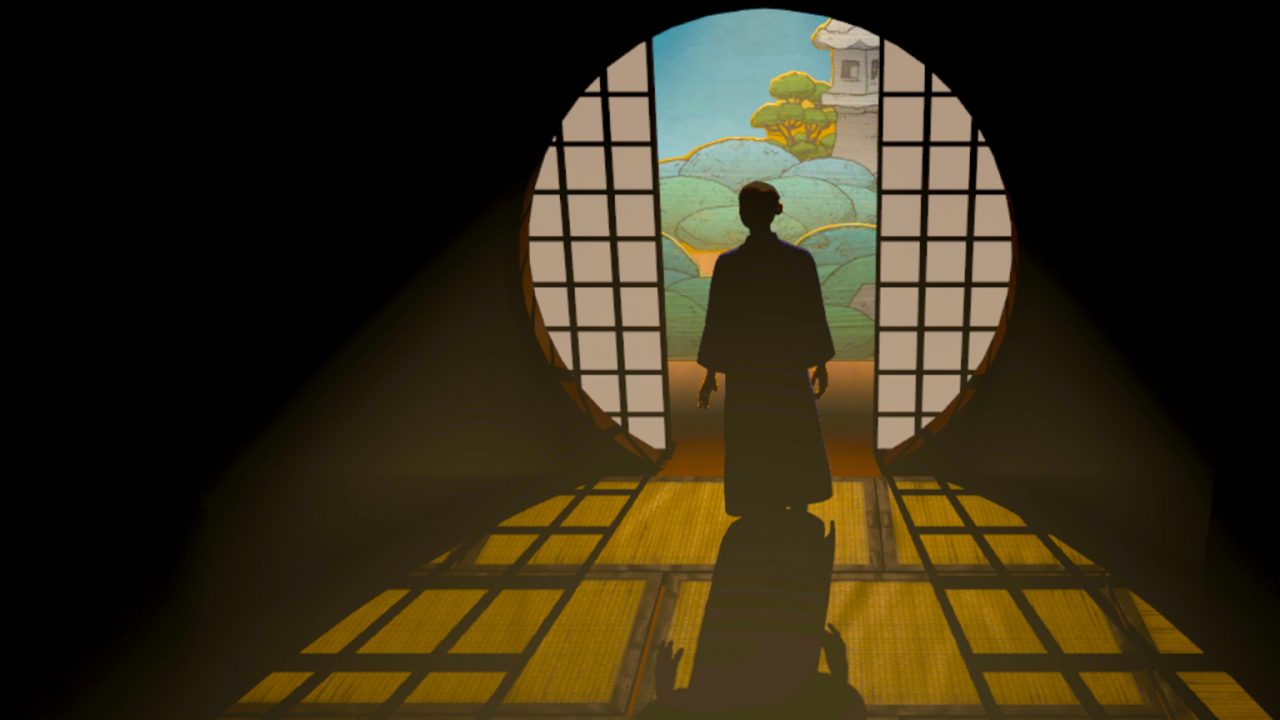
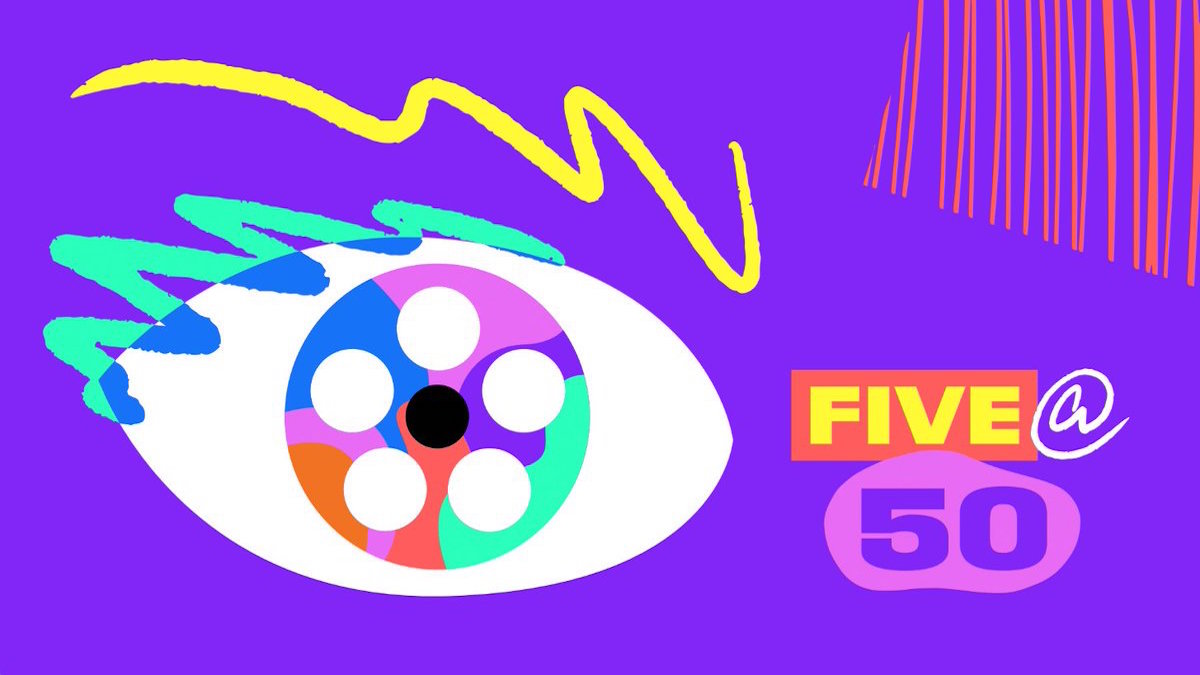

Looks like a fascinating documentary! I love that it’s told exclusively through the children’s perspective. I look forward to watching it. Glad to see my tax dollars going to projects that promote tolerance, acceptance and understanding – qualities we could use a little more of these days.
Amazing courage being demonstrated by these young people as they explore who they really are. In a society that so often works to shape souls into what is expected, this is a hopeful view of what is possible.
This is bold and beautiful work! thank-you for your amazing contribution, Christina and NFB team!
First of all, if you’re going to use the nauseating term of art that genderqueers insist on shoving down our throats, the last morpheme is “conforming,” not “confirming,” and it’s written “gender-nonconforming” in adjectival usage.
Since these “gender” experiments amount to child abuse, reparative therapy, erasure of homosexuality, or all of the above, I look forward to editorial balance in this documentary of the sort the NFB has been famous for over the generations. There are precisely no gender-nonconforming or “trans” children, merely kids who are pushed in one way or another by ideological parents into certain preferred gender presentations and, in extreme cases, medically interfered with before the age of consent.
But I guess people like you don’t want to hear any of that. I still expect a discussion of such issues, including with opponents of the gender epiphenomenon, in any publicly funded documentary.
Hello Joe, thanks for finding that typo!
You express an interesting perspective. Your voice is important, as are any that encourage us to examine potential unintended consequences of our work.
In this case, the film’s participants strongly self-identify at several places on the gender spectrum, and though they are young, they also identify at several places on the sexual identity spectrum.
Their parents luckily are very supportive of whichever sexual/relational affiliation they land on, so there is no danger of their taking a “reparative” approach to any sexual identity, when that begins to emerge. In fact all of the families in the film began by ‘erring’ more on the side of encouraging their kids to be gay than by pushing them to embrace a new gender identity – ‘gayness’ seemed a much easier journey to contemplate than the one their children have been insisting on embarking upon.
That said, all of the young people are very much in process, and BEAUTY is only a snapshot in the present moment of each of their attempts to widen, not narrow, the possibilities of authentic expression available to each of us – whether through gender identity or any other means.
Again, thank you for taking the time to comment.